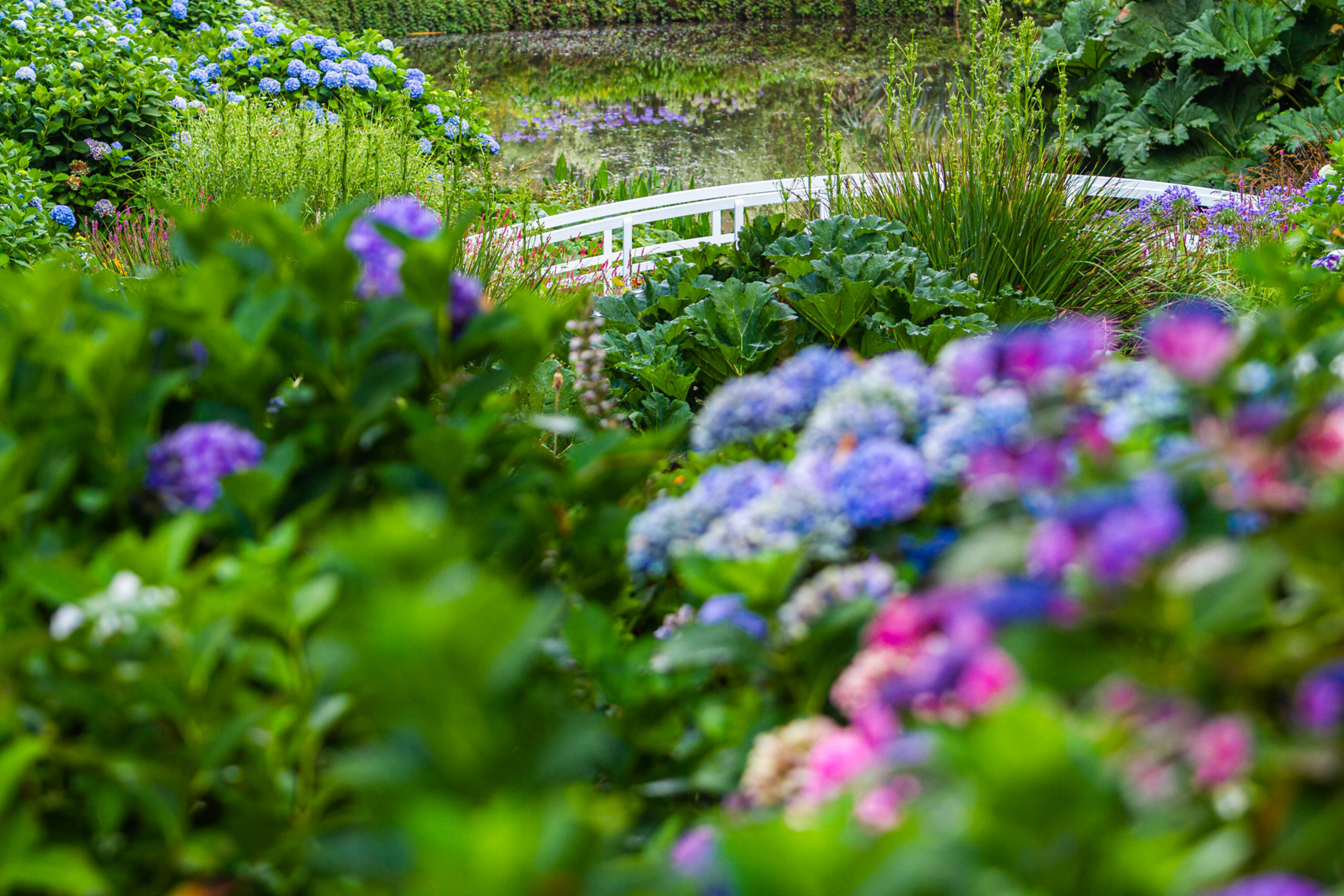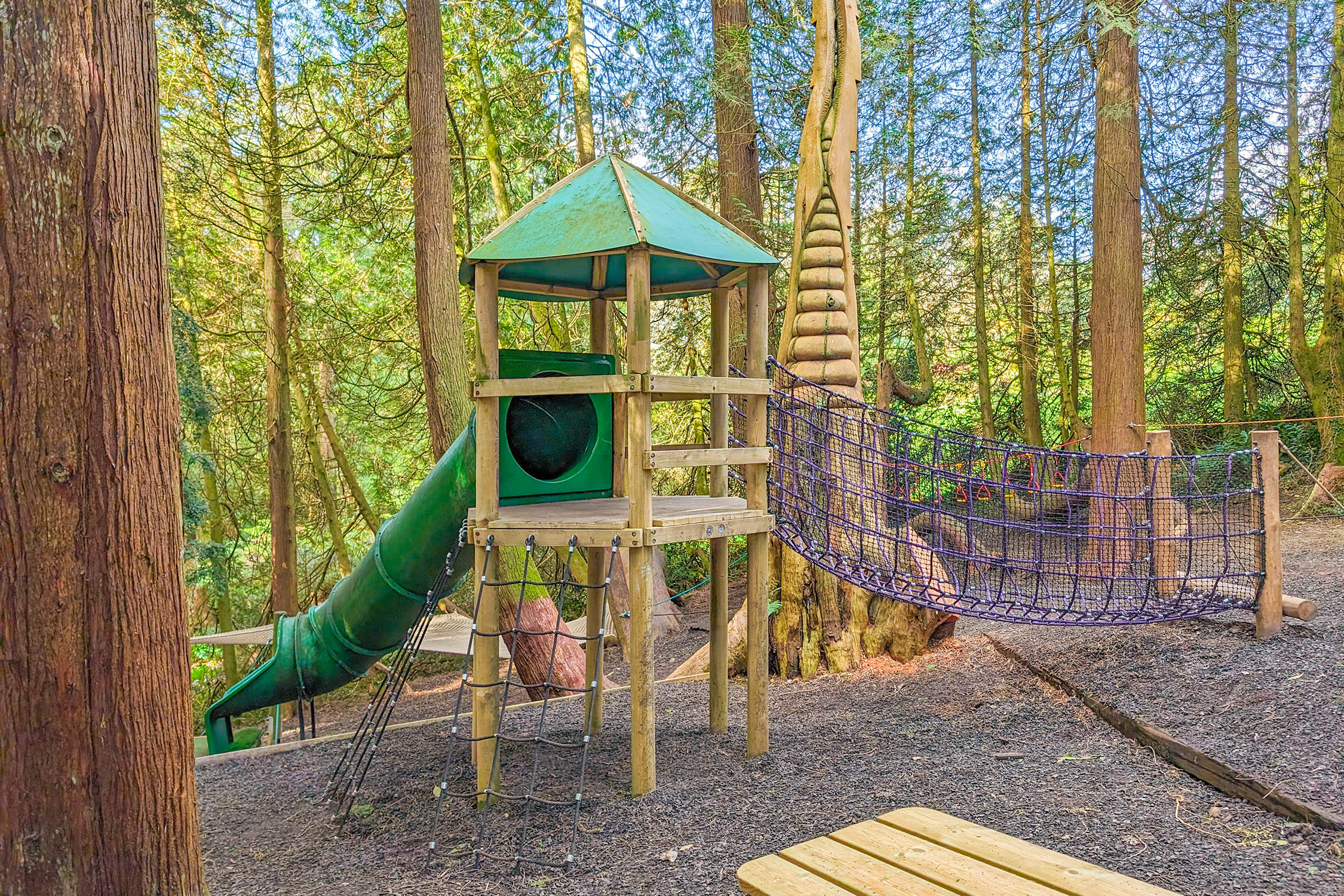We are now having a summer that none of us could have possibly dreamed of and Cornwall looks all the more beautiful in the sunshine. Last July the incessant downpours contributed to the trees at Trebah putting on massive new growth and now, a year on and I'm wondering how long we can cope without rain!
I noticed several Hydrangeas wilting and as the name itself derives from two Greek words: hydor, meaning water, and angeion, meaning jar or vessel - both indicate the great necessity of abundant water for the growth of the flower. In general Hydrangeas want two things, moisture and shade although too much of either is not a good thing.
The Japanese are the only other people who, like the English, have a garden around every house and grew Hydrangeas for a very long time without the rest of the world knowing; the only contact with foreigners was through the Dutch East India Co who operated from an artificial island in Nagasaki Harbour.
Carl Thunberg a Swedish botanist stayed on this island and under the pretext of feeding his goat, sent his Japanese servants to collect all sorts of plants from the mainland. Thus in 1784 he was able to describe five species of Hydrangeas in his Flora Japonica.It has since been discovered that some 22 species of Hydrangea come from Japan, 6 species come from North America, 27 from S America, and 30 from the Himalayas.
Trebah is famous for its two acre planting of mostly blue mopheads; the plants are over 60 years old now but thanks to the careful hand pruning they receive each spring, they produce abundant flowers, which persist almost until Christmas.


